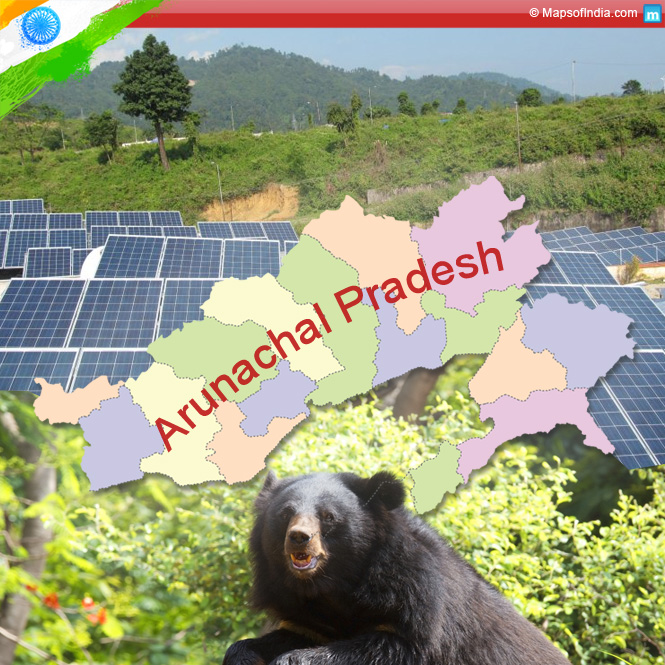
The uniqueness of the Indian sub-continent lies in the diversity it offers in every aspect. India is blessed with the most disparate geography and climate which provide habitat to a vivid range of flora and fauna. The incredible range of wildlife in India is a nature’s gift that makes India the ideal location for Wildlife Tourism. Protecting the birds and animals in the zoological parks is a good thing but there is nothing better than serving them exactly where they are best suited. Therefore, India houses a number of wildlife sanctuaries and national parks that help in preserving the wildlife in its natural form.
The exotic range of flora and fauna in India is the reason behind the successful growth of Wildlife tourism in the country. There are about 543 plus wildlife sanctuaries and 104 national parks sprawling across the country. These natural homes accommodate an estimate of over 350 species of mammals, 2100 types of birds, 350 varieties of reptiles and countless insects. A tour of the wildlife sanctuaries provides an experience that is beyond expression. Some of them are animal specific while the others sustain a plethora of distinct birds and animals.
Wildlife Tourism, which also comprises of Eco-tourism and Sustainable tourism, has witnessed a massive growth in the recent years. Like everything, wildlife tourism too has its own pros and cons. Positively, it has proved to be the best way to conserve the rich wildlife of India. People have become more aware of the endangered species and initiatives are being taken to save them. Wildlife tourism also supports the projects on conservation monetarily. It has led to a reduction in the poaching activities in the country.
On the contrary, Wildlife Tourism can cause hindrance in the peaceful living of animals at their natural homes. Setting foot in their territories can scare the animals away and thus cause animosity in their behavior. The presence of tourists can also have a negative impact on the breeding and feeding activities of the animals. The construction of lodges and jungle resorts can harm the environment as well as nature. The jungle safaris which bring in the raging drivers have often hurt the smaller species.
Nonetheless, a balanced approach towards the conservation of the wildlife can prove to be immensely beneficial for the country. There is no doubt about the fact that wildlife tourism is a popular and profitable industry for India’s growth as a nation. But it is extremely important to make sure that the development of one does not lead to the fall of the other. Only a wise and systematic approach can lead to the success of wildlife tourism in India.
People love animals but more than that they love watching them in their natural surrounding. For the die-hard lovers of flora and fauna, here is a list of some of the must visit wildlife sanctuaries in India! Try visiting each one them for a lifetime experience. But always remember, protecting animals is as important as loving them!
- Jim Corbett National Park, Uttarakhand
- Kaziranga National Park, Assam
- Bandhavgarh National Park, Madhya Pradesh
- Bandipur National Park, Karnataka
- Gir National Park, Gujarat
- Ranthambore National Park, Rajasthan
- Periyar National Park, Kerala
- Bharatpur Bird Sanctuary or the Keoladeo Ghana National Park, Rajasthan
- Sariska Wildlife Sanctuary- Alwar, Rajasthan
- Sunderbans National Park, West Bengal
- Anamalai Tiger Reserve
- Dudhwa National Park
Read More:
Endangered Animal Species of India
Endangered Plant Species in India





